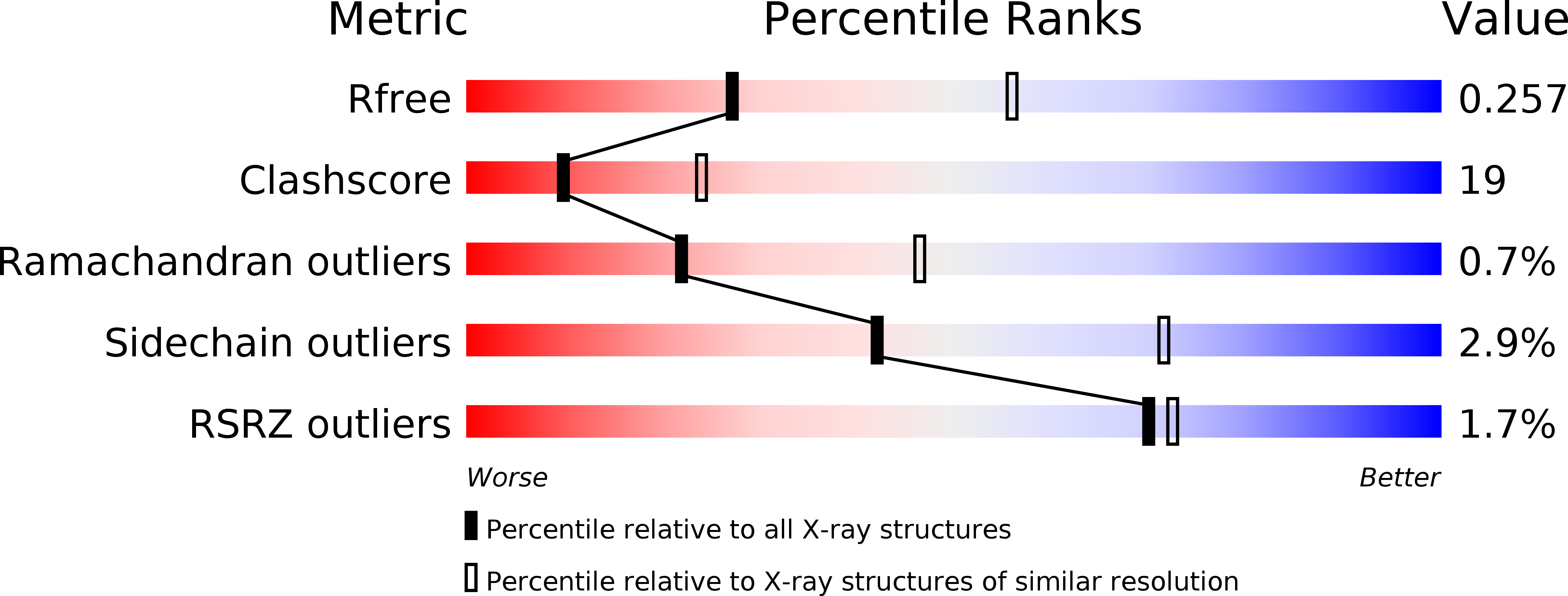
Deposition Date
2001-10-25
Release Date
2002-03-06
Last Version Date
2024-11-13
Entry Detail
PDB ID:
1K8Q
Keywords:
Title:
CRYSTAL STRUCTURE OF DOG GASTRIC LIPASE IN COMPLEX WITH A PHOSPHONATE INHIBITOR
Biological Source:
Source Organism:
Canis lupus familiaris (Taxon ID: 9615)
Host Organism:
Method Details:
Experimental Method:
Resolution:
2.70 Å
R-Value Free:
0.25
R-Value Work:
0.19
Space Group:
C 2 2 21


